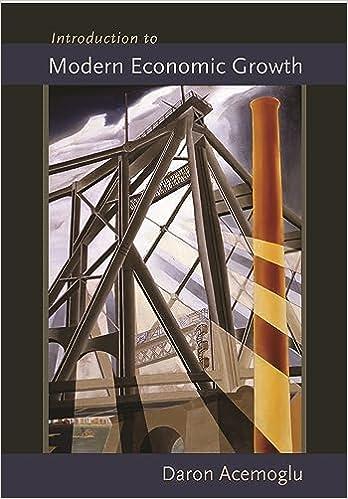Exercise 15.20. As a potential application of the models of directed technological change, consider the famous Habakkuk
Question:
Exercise 15.20. As a potential application of the models of directed technological change, consider the famous Habakkuk hypothesis, which claims that technology adoption in the U.S. economy during the 19th century was faster than in Britain because of relative labor scarcity in the former (which increased wages and encouraged technology adoption). (1) First, consider a neoclassical-type model with two factors, labor and technology, F (A, L), where F exhibits constant returns to scale. Show that an increase in wages, either caused by a decline in labor supply or an exogenous increase in wages because of the minimum wage, cannot increase A. (2) Next, consider the model here with H interpreted as land and assume that NH is fixed (so that there is only R&D for increasing NL). Show that if σ > 1, the opposite of the Habakkuk hypothesis obtains. If in contrast, σ < 1, the model delivers results consistent with the Habakkuk hypothesis. Interpret this result and explain why the implications are different from the neoclassical model considered in 1 above.
Step by Step Answer:







